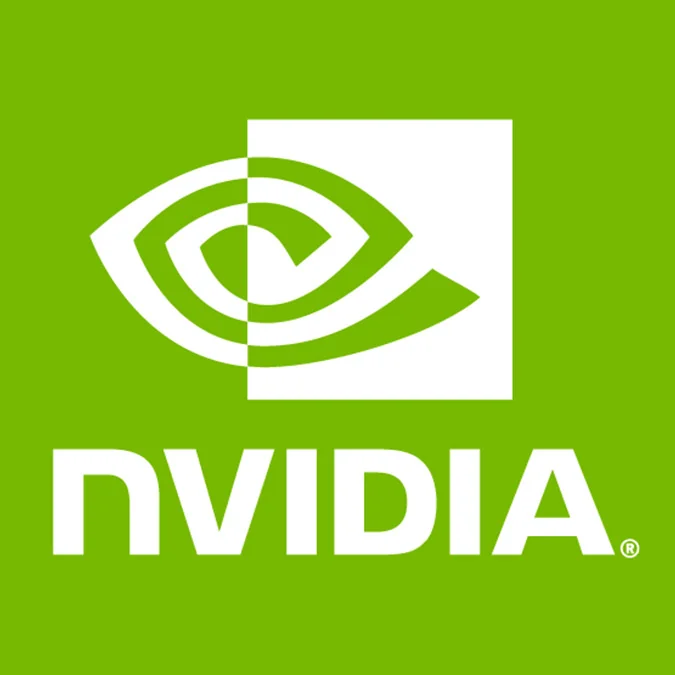NVIDIA 460.32.03 Linux Driver Released With Official Vulkan Ray-Tracing

Back before the holidays NVIDIA published the 460.27.04 beta Linux driver with firmed up Vulkan ray-tracing support and many other changes. The NVIDIA 460.32.03 driver out today is the stable version of that prior beta driver.
Thus with today's NVIDIA 460.32.03 driver are mostly of the previously noted changes including Vulkan ray-tracing in KHR form, NVIDIA RTX A6000 series support, Reverse PRIME Bypass, various other new Vulkan extensions added, VDPAU video acceleration improvements, experimental S0ix suspend-to-idle support, and many bug fixes.
- Added support for the following GPUs: RTX A6000
- Fixed a bug that could cause detailed timing information for displays with a large number of detailed timings to be truncated in the X log.
- Fixed a bug that prevented scaled display resolutions configured via the nvidia-settings control panel from being reported by RandR.
- Fixed a bug with the SLI Mosaic Mode configuration dialog in nvidia-settings that left displays enabled when they were not needed in the selected configuration.
- Added support for RandR rotation and reflection while using an NVIDIA-driven display as a PRIME Display Offload sink.
- Added support for "Reverse PRIME Bypass", an optimization that bypasses the bandwidth overhead of PRIME Render Offload and PRIME Display Offload in conditions where a render offload application is fullscreen, unredirected, and visible only on a given NVIDIA-driven PRIME Display Offload output. Use of the optimization is reported in the X log when verbose logging is enabled in the X server.
- Add support for the VK_KHR_acceleration_structure extension.
- Add support for the VK_KHR_ray_tracing_pipeline extension.
- Add support for the VK_KHR_ray_query extension.
- Add support for the VK_KHR_pipeline_library extension.
- Add support for the VK_KHR_deferred_host_operations extension.
- Removed the MetaMode string truncation warning for older X Servers when saving the X Configuration file from nvidia-settings.
- Add support for the VK_NV_fragment_shading_rate_enums extension.
- Fixed a bug where copying from an X11 pixmap to an RGB overlay window would exhibit corruption.
- Fixed an issue with VK_ACCESS_MEMORY_READ_BIT and VK_ACCESS_MEMORY_WRITE_BIT when used as part of a render pass.
- Add support for the VK_KHR_fragment_shading_rate extension.
- Add support for the VK_KHR_shader_terminate_invocation extension.
- Reduce host memory consumption for descriptor memory in cases where the pNext chain contains a structure of type
- VK_STRUCTURE_TYPE_DESCRIPTOR_SET_VARIABLE_DESCRIPTOR_COUNT_ALLOCATE_INFO.
- Increased the default size for new OpenGL/Vulkan Shader Disk Cache location to 1024MB. Note that caches with paths containing "/.nv/ will continue to use the previous default of 128MB unless the size is manually overridden. For more information see the "OpenGL Shader Disk Cache" section in the "Specifying OpenGL Environment Variable Settings" chapter of the README.
- Changed the default location for new OpenGL/Vulkan Shader Disk Caches. If the location is not manually overridden and a cache is detected in the previous default location, that location will be used instead of the new default location. For more information see the "OpenGL Shader Disk Cache" section in the "Specifying OpenGL Environment Variable Settings" chapter of the README.
- Add support for the VK_EXT_shader_image_atomic_int64 extension.
- Add support for the VK_KHR_copy_commands2 extension.
- Allow importing cached memory via VK_EXT_external_memory_host.
- Removed support for the following deprecated frame lock NV-CONTROL attributes:
NV_CTRL_FRAMELOCK_MASTER
NV_CTRL_FRAMELOCK_SLAVES
NV_CTRL_FRAMELOCK_MASTERABLE
NV_CTRL_FRAMELOCK_SLAVEABLE
- Default AllowEmptyInitialConfiguration to True such that the NVIDIA X driver succeeds when launching the X server even if there are no display devices connected.
- RRGetCrtcInfo will now return Rotate_0 instead of 0 as the active rotation for disabled CRTCs.
- Improved the NVIDIA VDPAU implementation of VdpVideoSurfaceGetBitsYCbCr and VdpVideoSurfacePutBitsYCbCr when using planar or semi-planar formats. This helps applications that transfer data between VDPAU video surfaces and system memory.
- Added initial experimental support for S0ix-based system suspend (suspend-to-idle). This feature is platform and GPU dependent, so the feature will be disabled by default. To enable this feature, refer to the 'powermanagement' section of the README.
- Fixed an issue where Vulkan applications would fail to initialize if the connected X11 Server did not expose support for GLX.
- Improved the memory allocation strategy in nvidia-modeset.ko to reduce the likelihood of out-of-memory errors, which typically manifest as "page allocation failure" messages in the kernel log.
- Added a new "NoInterlacedModes" token to the NVIDIA X driver's "ModeValidation" option, to allow preventing interlaced modes from being validated. Refer to the "X Config Options" appendix of the driver README for further details.
- Fixed a bug that could cause X clients to crash when closing display connections to the X server.
- Fixed a bug that could cause the X server to configure DisplayPort Multi-Stream Transport displays in an inconsistent order.
- Fixed an interaction problem with 5.4 and newer Linux kernels that caused a performance regression when allocating system memory.
This stable NVIDIA Linux 460 driver release can be downloaded from NVIDIA.com.
14 Comments

